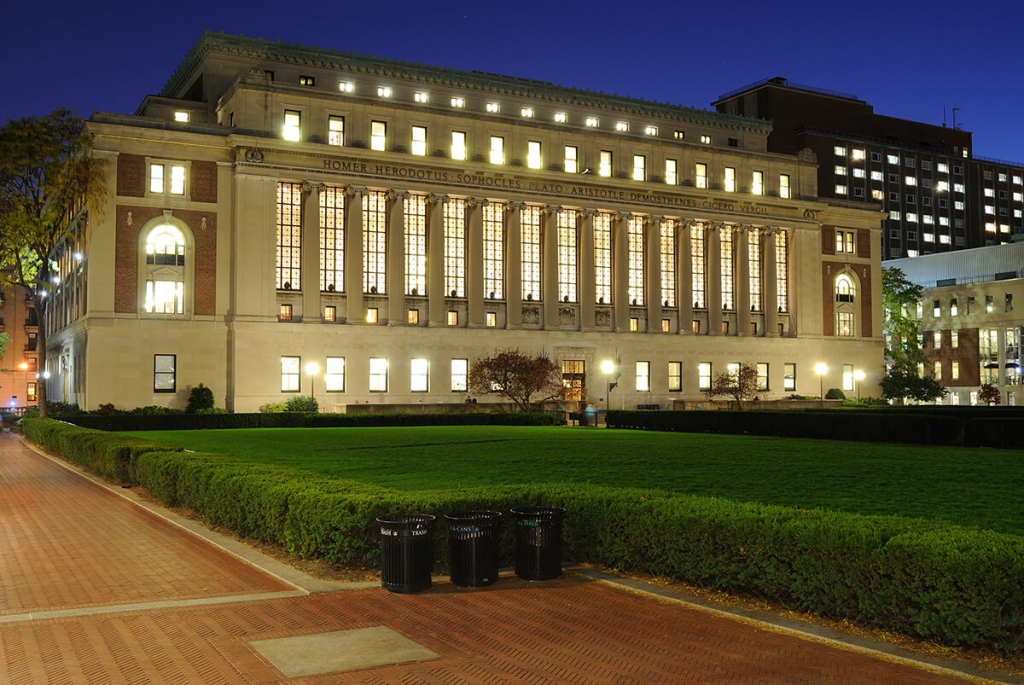Marketing’s retention issue
This past October, as Roberts Wesleyan College welcomed its most diverse class in the school’s history, the administration also ushered in the first cohort of students enrolled in its newly instituted educational opportunity program. The Roberts Educational Opportunity Program (REOP) is designed to create access and opportunities for historically underserved students who demonstrate potential to succeed at post-secondary academic institutions.
In a move to help alleviate the financial barriers that so often can deter the pursuit of higher education, Roberts Wesleyan was taking serious steps to identify and enroll students who might not otherwise have an opportunity. The move not only reflects the university’s heritage, ministry, and commitment to diversity and inclusion, but also enables it to market its passion for serving the rich ethnic, racial and economic diversity that is represented in New York State.
“Emphasizing a strong first year experience—including advising to meet goals, students feeling they belong, supportive faculty, flexible learning options and building community—is key.”
— Donna McLaren, Associate VP of Brand and Marketing Communications & CMO, Roberts Wesleyan College
From a mission perspective, REOP is spot on. As a community of learners committed to historic Christianity, the administration at Roberts Wesleyan College is dedicated to preparing thoughtful, spiritually mature, service-oriented people who will help transform society. In helping reduce some of the financial burdens that come along with higher education, the program goes a long way to building the type of retention numbers it craves.
Donna McLaren believes that retention helps every university meet its goals, serving as an indication that students are satisfied with their choice, that they see and they feel that the institution is preparing them for lifelong learning, their education is accessible and affordable and provides them personal growth and discovery to name a few benefits.
“The students feel their experience has emotional benefits too, such as trustworthiness, belonging, confidence, spiritual formation, uplifting and peace of mind,” says McLaren, Associate VP, Brand & Marketing Communications and CMO for Roberts Wesleyan.

Each of those are extremely important factors in wooing—and keeping—prospective students today. According to data by the National Student Clearinghouse, more than 1 million fewer students are enrolled in college now than before the pandemic began. The data shows that U.S. colleges and universities saw a drop of nearly 500,000 undergraduate students in the fall of 2021, continuing a historic decline that began the previous fall.
Compared with fall 2019, the last fall semester before the coronavirus pandemic, undergraduate enrollment has fallen a total of 6.6%. That represents the largest two-year decrease in more than 50 years.
For schools like Roberts Wesleyan, effectively marketing the benefits of what a school offers helps prospective students and their families make decisions about where to go to college. When they get to college, having personal and academic growth that includes coaching, support and referrals to on-campus resources helps make a world of difference. “It is important to listen and respond to the interests and needs of your undergraduate students,” McLaren says.
Some of the areas Roberts Wesleyan can point to in its marketing to prospective students is the Redhawk Guide program, which matches staff with freshmen to help guide them throughout their first year. There also are resources like The Learning Center, Career Development and the Counseling Center, where students can get tips for success via workshops and other resources. Students also form a relationship with the assistant director of student success, who is key in connecting them to resources and providing coaching for issues students are facing.
“Emphasizing a strong first year experience—including advising to meet goals, students feeling they belong, supportive faculty, flexible learning options (hybrid, online) and building community—is key,” McLaren says.
Being able to tell these stories are key to building the brand of higher education. The power is in being able to market what you offer. For example, for more than a century, Roberts Wesleyan alumni and students have needed—and begged—for space to gather, learn, eat and to pray.
Today, the new campus building, which is under construction, will include a student gathering space, event space, student support offices, a prayer chapel and a café. When the president of the college shared a sneak peek, it was captured on video and viewed by nearly 8,000 people in less than a week. “We had more than 400 reactions, comments and shares,” McLaren says.
The Roberts Wesleyan team also provides thought leadership through monthly retention posts that are not only targeted to prospective students, but to their parents, too. The stories are shared on the college’s website as well as social media.

The top-of-mind approach
Located 55 miles northeast of Pittsburgh, Indiana University of Pennsylvania (IUP) is a public university with nearly 9,009 students, including 7,044 undergraduates and 1,865 postgraduates as of fall 2021.
Sitting at the top of IUP’s ongoing to-do list is the effort it puts into the areas of retention and persistence of its students. Chris Noah, CMO, Marketing and Communications, says that it is not only important to give students the experiences they need to graduate and face the world, but to continually tell that story.
Noah says that effort starts from the very beginning of the student’s experience. “We believe that student retention and persistence can be positively impacted by meeting students where they are and being a resource for their success. Engagement and support are the key ingredients to success. Our students engage in active learning beyond the classroom through research, creative activity, study abroad, service learning, internships and leadership opportunities.”

IUP also provides a bevy of advising, mentoring, tutoring, majors exploration and guidance. One of the ways it has done this is by creating a one-stop shop to answer all their questions. The Hawks Q&A Center is a place where students can go to get help in any area of college life: academic, social, emotional, physical, etc. “It is more than just a help desk; it is a one-stop shop where students come with questions and leave with answers,” Noah says.
Because many first-year students come to college not knowing what to expect, IUP wanted to give them the opportunity to sidestep that challenge. Enter the IUP Guides program, where all new students are assigned a guide—either a faculty or staff volunteer—to whom they can turn for answers and advice, keeping them on track both in and out of the classroom. The program is in its second year.
In addition, the Crimson Scholars Circle program is designed to reduce the retention and persistence gap for black and brown students. After a 2019 national study found that at public, four-year institutions, the retention rate was 70.8% for whites and 63.7% percent for Blacks, IUP decided to fight back.
Crimson Scholars Circle consists of a one-week early immersion experience, followed by a yearlong program that combines intensive support, learning, mentoring and guidance with ongoing personal development, academic and social support, and access to a rich network of campus resources and alumni support.
“We succeed when our students succeed and we want our students to experience an IUP education through degree completion.”
— Chris Noah, CMO, Indiana University of Pennsylvania
The program also includes a $1,000 scholarship for students who complete the program. In addition, $1,000 scholarships are available for student mentors who are working with Crimson Scholars.
“We succeed when our students succeed and we want our students to experience an IUP education through degree completion,” Noah says.
In the end, the more students you retain, the more students will graduate. Higher graduation rates mean more value for your school—a value that goes a long way to building the next generation of students.